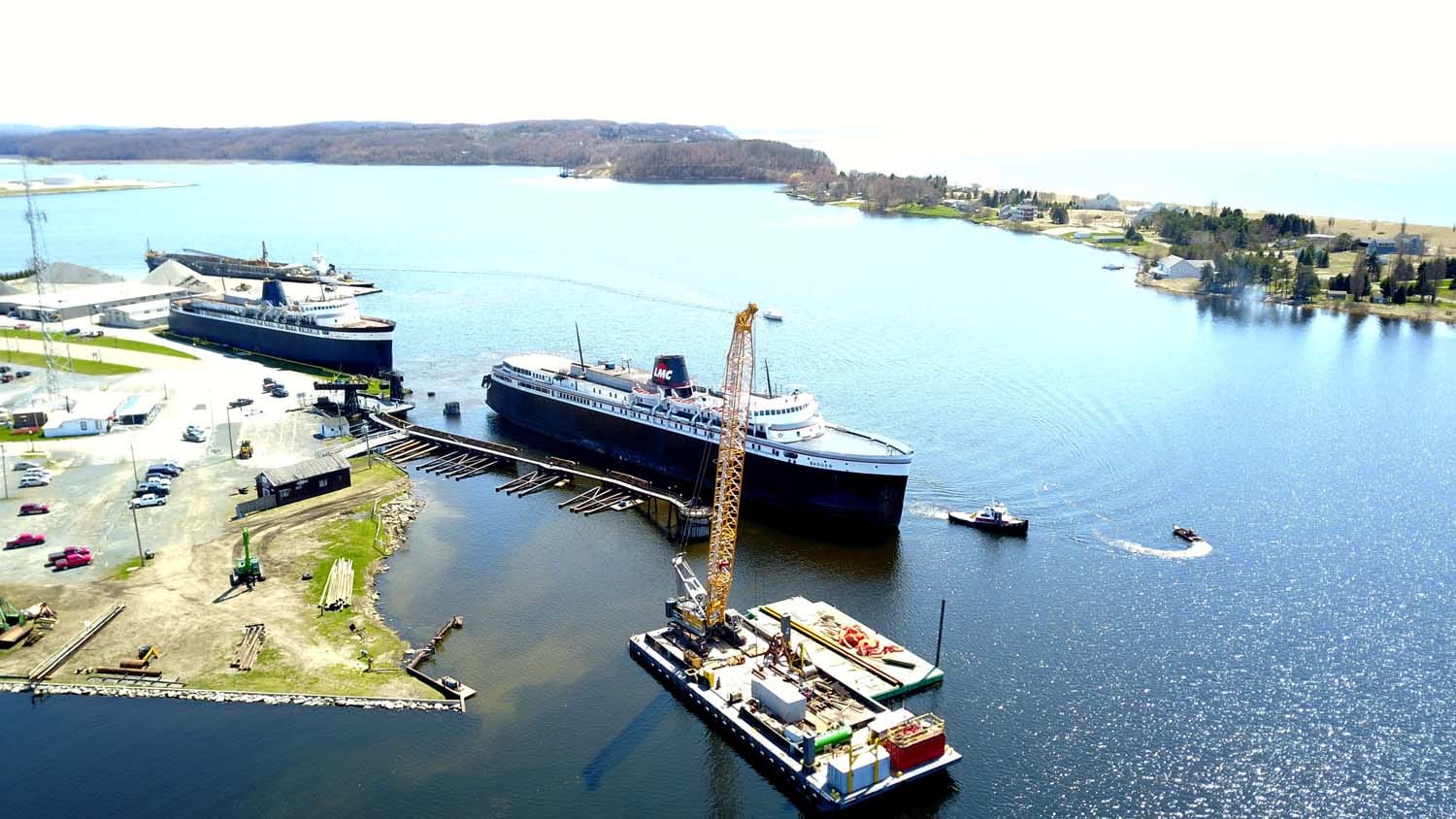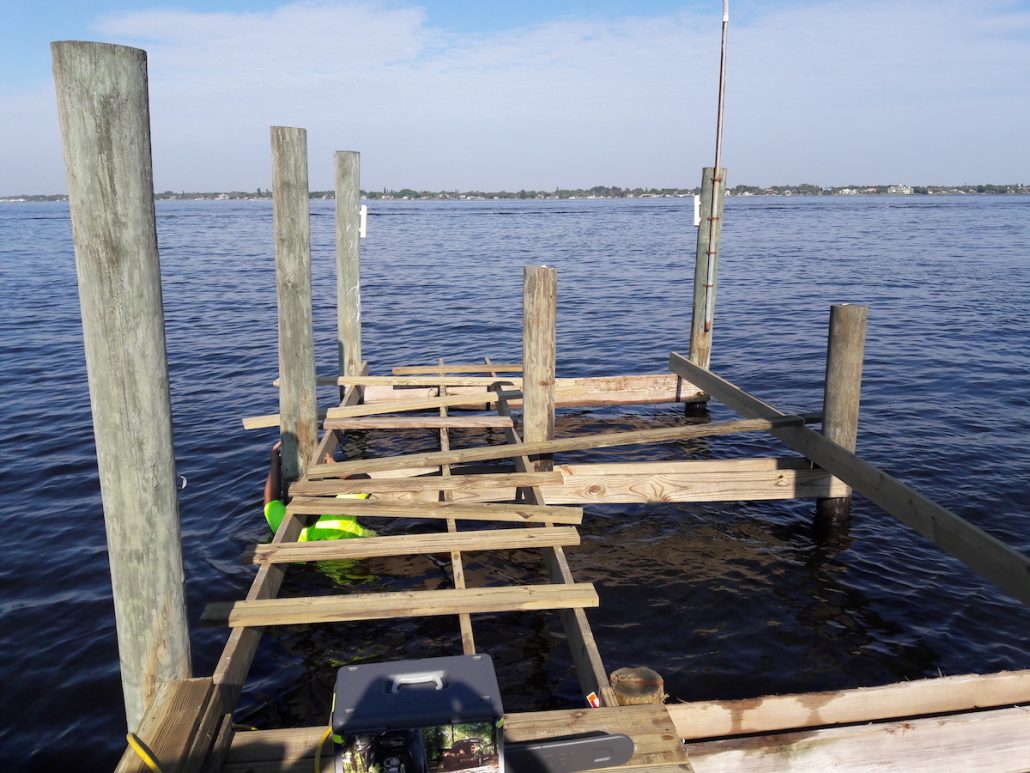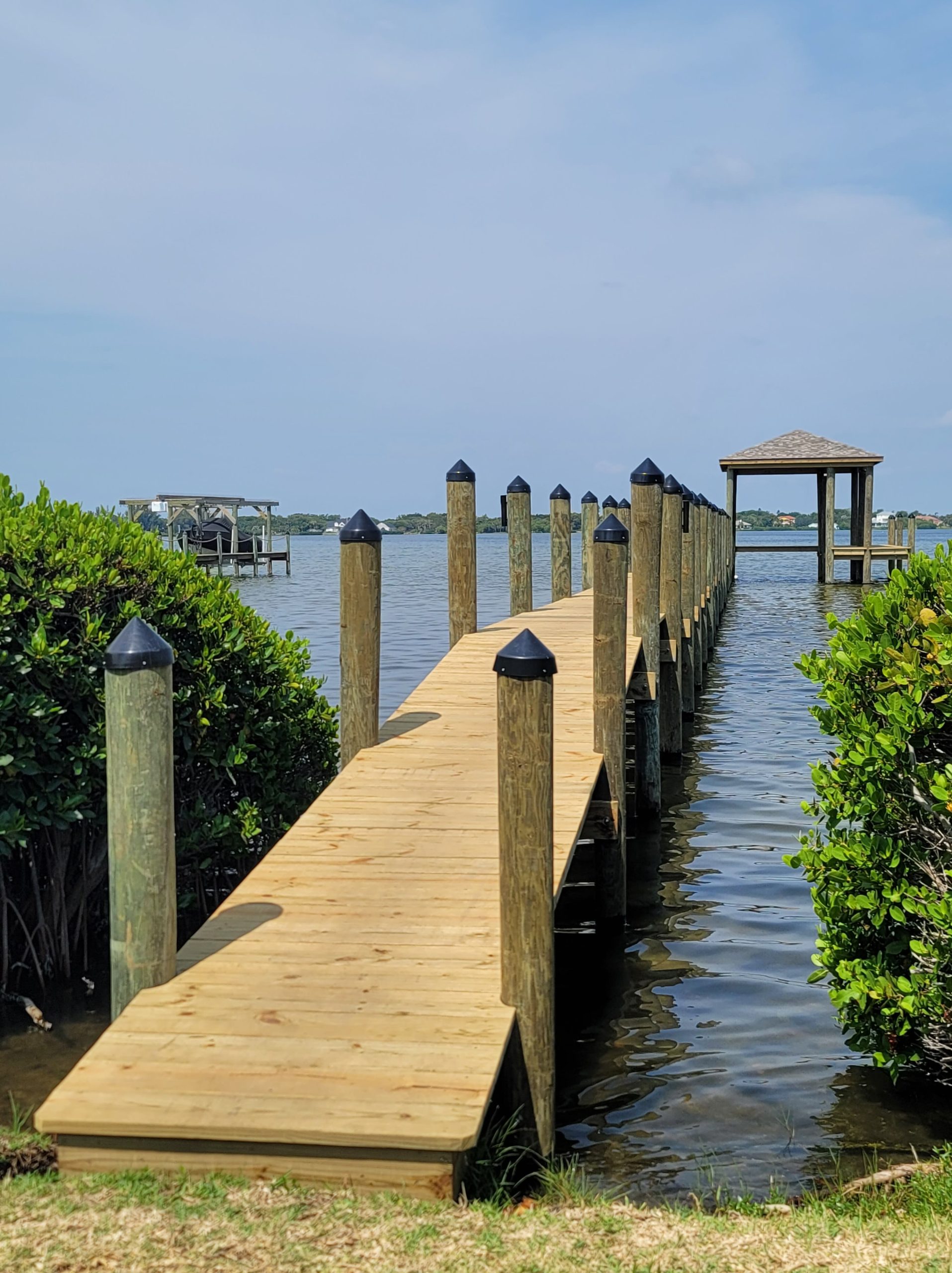Seasonal Preparations: When to Schedule Your Dock Repairs
Seasonal Preparations: When to Schedule Your Dock Repairs
Blog Article
How to Address Common Dock Fixing Issues for Safe Water Activities

Identifying Common Dock Issues
Determining typical dock problems is important for preserving the capability and security of your waterfront home. Routine assessments can help reveal issues before they become serious, guaranteeing both the longevity of the dock and the security of those who utilize it.
One more usual issue is the deterioration of flotation protection gadgets. These gadgets are important for maintaining the dock buoyant, and any kind of damages or punctures can cause the dock to listing or sink. Frequently checking for leakages or waterlogged drifts can preempt more substantial issues.
Furthermore, algae and barnacle build-up on the dock's surface can create slippery and harmful conditions. This biofouling not only postures a risk to customers yet can also speed up the wear and tear of the dock products.
Finally, examining for indicators of corrosion on metal parts is vital. Corrosion can compromise the integrity of the dock's framework, making it dangerous. By routinely identifying these typical dock problems, you can guarantee that your dock remains useful and safe for several years to come.
Repairing Rotting Wood
When resolving the concern of deteriorating wood on your dock, it is necessary to act quickly to stop more deterioration. Begin by thoroughly examining the entire framework to identify all affected areas. Use a screwdriver to penetrate the wood; if it sinks in easily, the wood is likely deteriorated and requires prompt focus.
Be certain to cut back to healthy and balanced, solid wood, guaranteeing you eliminate all endangered product. After removal, deal with the remaining timber with a wood chemical to protect against future rot.
Next, change the eliminated areas with marine-grade lumber or pressure-treated timber, which are extra immune to water damage. Secure the new items with galvanized or stainless-steel bolts to stop deterioration. Additionally, using a water-proof sealer to the brand-new timber can supply an added layer of security.
Securing Loose Boards
Just how do you ensure your dock continues to be risk-free and useful for all its users? One crucial facet is safeguarding loosened boards, which can or else position significant dangers. Loose boards not just raise the danger of tripping yet can likewise endanger the architectural integrity of the entire dock.

For reinstallation, utilize stainless or galvanized steel screws, as these materials provide superior resistance to rust in aquatic settings. Guarantee the screws are long enough to penetrate deep right Discover More into the underlying support structure, yet not so long that they stick out with the dock's surface. Pre-drilling pilot openings can assist protect against the wood from splitting.
Last but not least, preserve a normal examination timetable to identify and attend to any new issues without delay. By securing loosened boards effectively, you add to the overall safety and longevity of your dock, making it a dependable system for water tasks.
Maintaining Unsteady Pilings
Making sure the stability of unstable pilings is extremely important to maintaining a practical and secure dock. Make use of a degree to inspect for vertical placement and ensure they are driven deep enough into the substratum to supply adequate support.
If the pilings are discovered to be unsteady, one effective technique for support is using added supporting. Cross-bracing with treated lumber or galvanized metal can substantially improve security. Anchor the dental braces safely to both the pilings and the dock frame to distribute loads equally.

Regular upkeep and periodic reassessment of the pilings' stability are crucial to making sure long-lasting dock safety and performance.
Replacing Rusty Equipment
Resolving unstable pilings is just one aspect of preserving a dock's honesty; one more vital issue is changing corroded equipment. In time, direct exposure to dampness and salt can cause the oxidation and corrosion of bolts, braces, and screws, jeopardizing the entire structure's safety. Regular assessment for rust is crucial, particularly after severe climate or seasonal changes.
When corroded hardware is identified, instant action is required. Begin by selecting marine-grade stainless-steel or galvanized hardware, both designed to resist the rough marine atmosphere. Make sure that you have the proper tools, such as screwdrivers and wrenches, to safely remove the old, rusty items without creating more damage to the dock.
After getting rid of the rustic hardware, completely clean the impacted locations to eliminate any type of recurring rust or view debris. Use a rust-inhibiting primer to subjected steel surface areas prior to installing the brand-new equipment. Tighten up all fixtures safely to avoid future loosening, and occasionally evaluate the fittings to make certain ongoing security.
Replacing rustic equipment not only extends the dock's lifespan but likewise dramatically boosts the safety of water tasks. By proactively taking care of deterioration, you safeguard both the structure and its users, guaranteeing a pleasurable and secure waterside experience.
Final Thought
Routine evaluations and upkeep are necessary to resolve common dock repair concerns and ensure secure water activities. Such proactive procedures contribute to the general safety and functionality of dock structures, promoting a safe setting for water-based activities.
Ensuring the safety of water tasks hinges dramatically on the correct maintenance and repair service of anchors (Dock Repairs). These tools are crucial for keeping the dock resilient, and any type of damage or leaks can cause the dock to listing or sink. By consistently recognizing these usual dock issues, you can guarantee that your dock remains protected and practical for years to come
Ensuring the security of unsteady pilings is extremely important to maintaining a functional and safe dock.Routine assessments and upkeep are necessary to deal with typical dock repair problems and make certain risk-free water activities.
Report this page